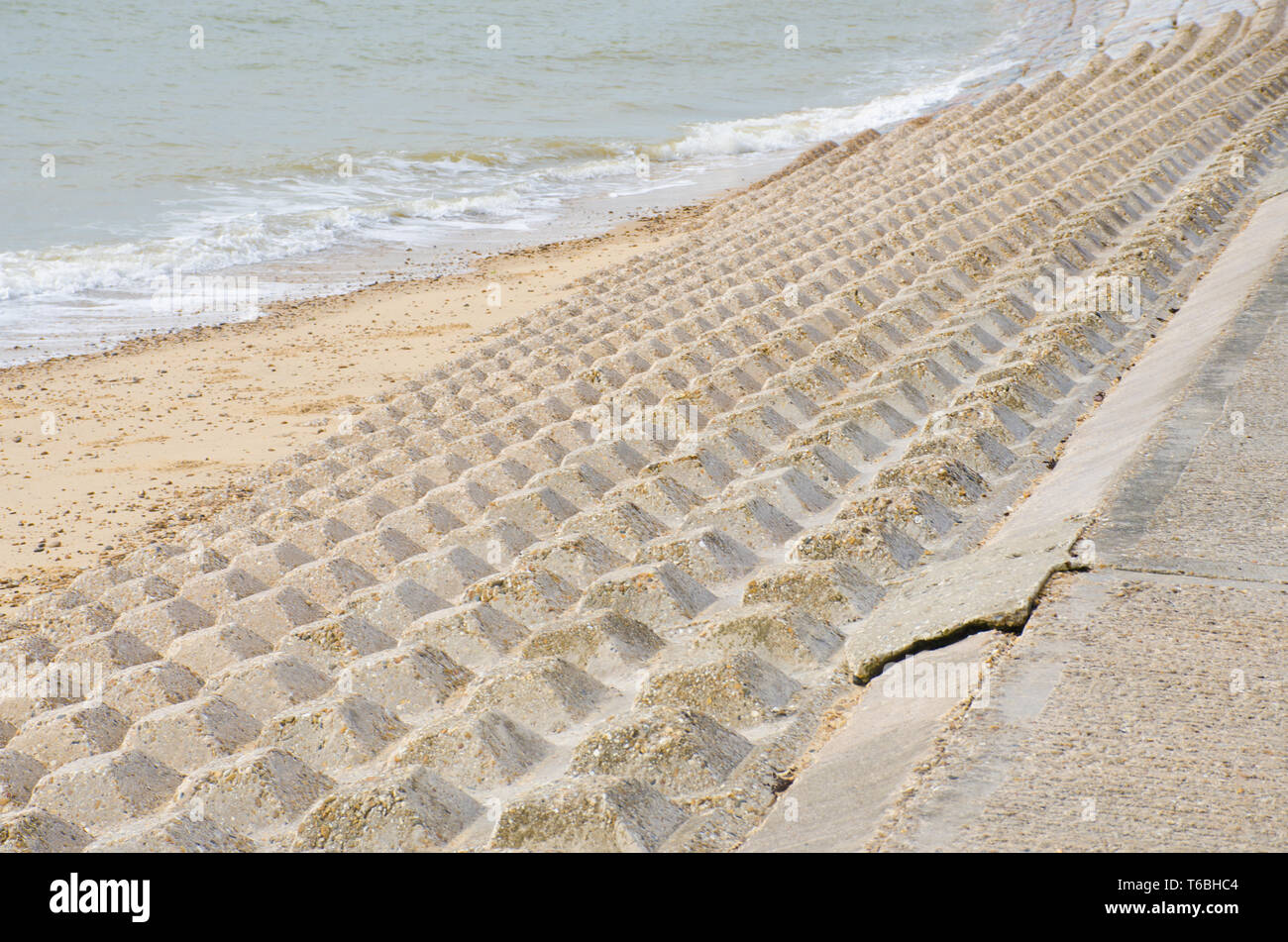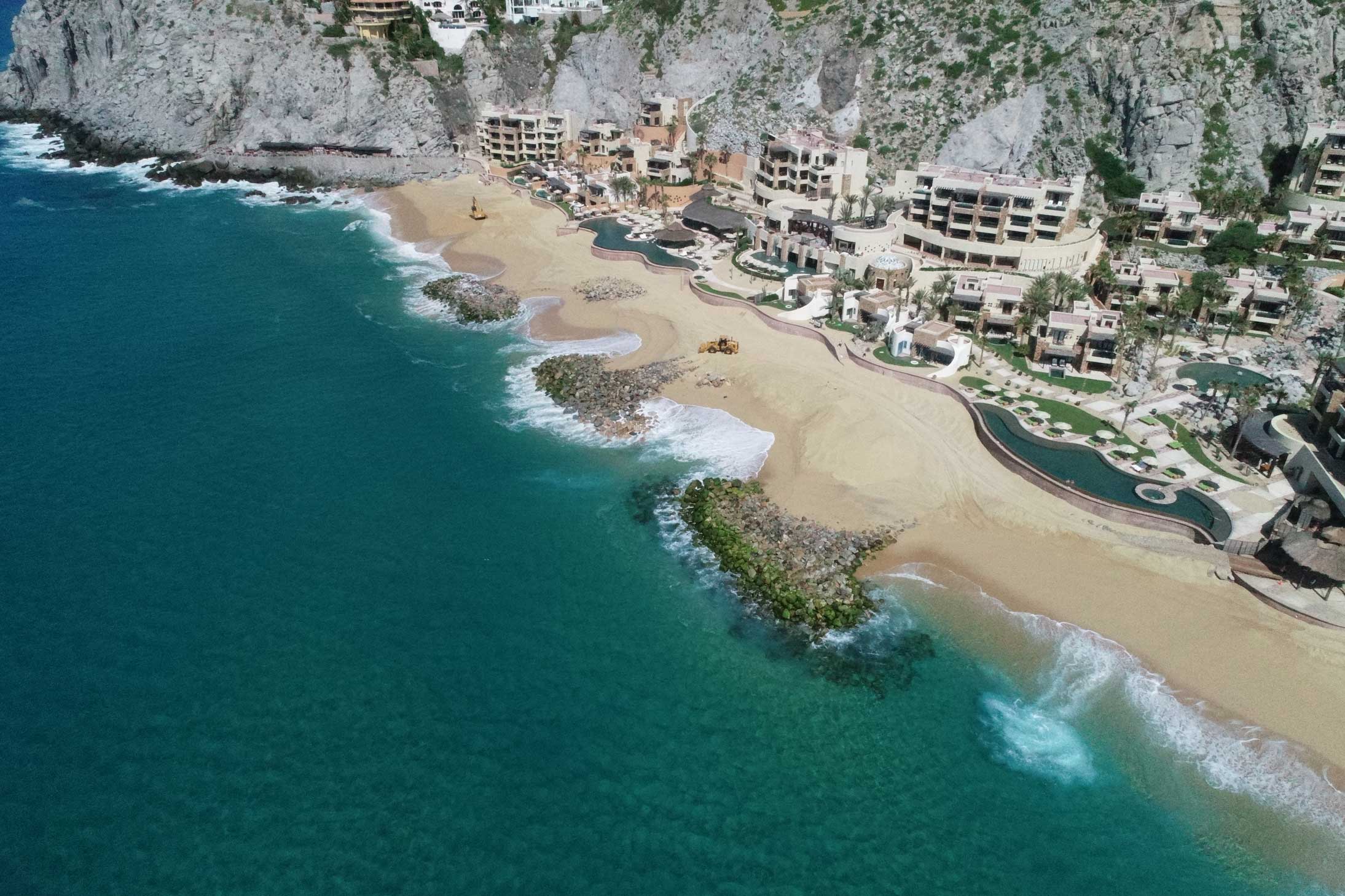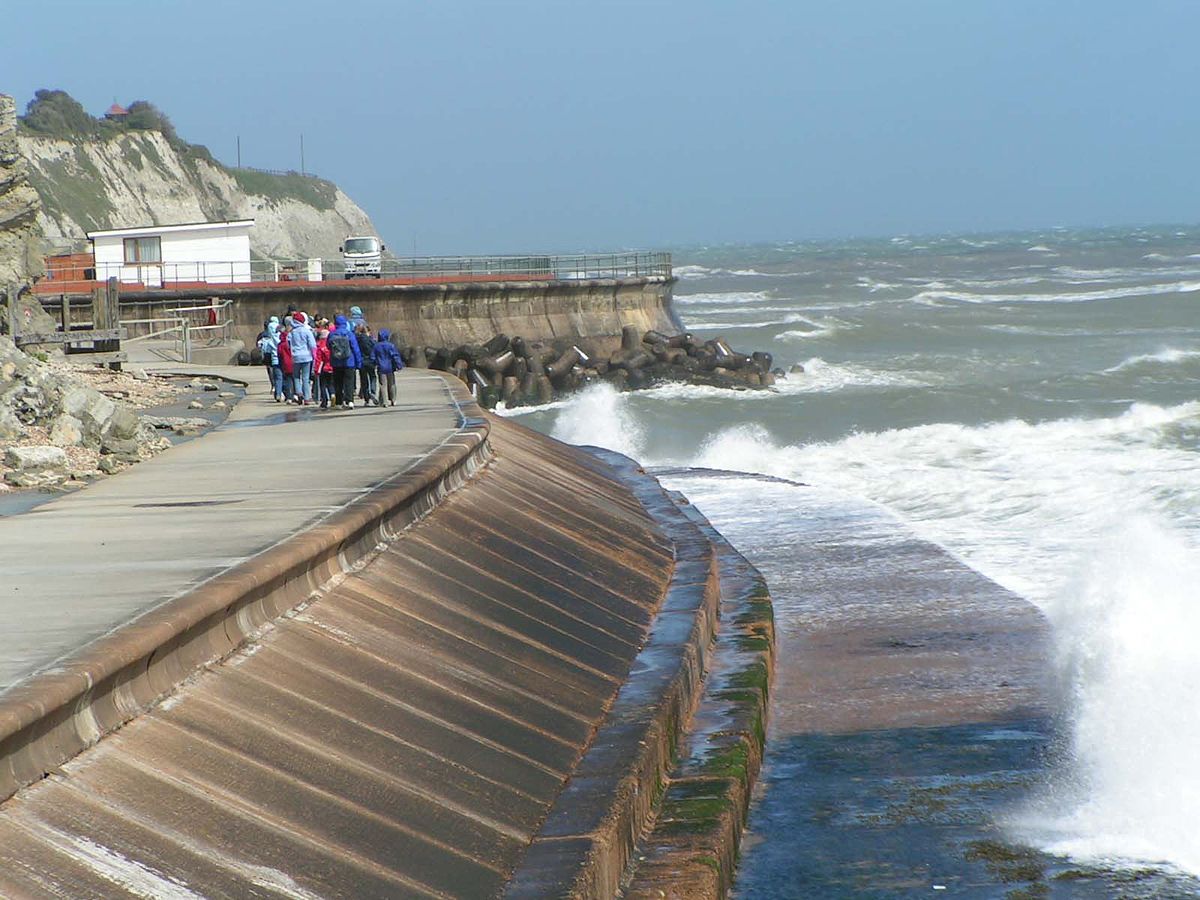The smart Trick of Shore Protect Team That Nobody is Talking About
Wiki Article
Everything about Shore Protect Team
Table of ContentsWhat Does Shore Protect Team Mean?The Best Strategy To Use For Shore Protect TeamSome Known Questions About Shore Protect Team.The Only Guide for Shore Protect TeamGet This Report on Shore Protect TeamThe Best Guide To Shore Protect TeamThe 25-Second Trick For Shore Protect Team
Decrease in building value: As the location tourist is impacted by disintegration, so after that is the economy. Purchasers are much less likely to look for a coastline residence that can be damaged at any kind of minute by the approaching flooding and disintegration emergency. Subsequently, residential property worth can drop tremendously and affect the entire area.Whether a coastline is simply small and congested or has to shut entirely for the safety of the environment and nearby properties, this significantly impacts tourism. Consequently, local economic climates are impacted (https://www.cybo.com/US-biz/shore-protect-team). Risk of injury: The raised threat of flooding and structural failures causes a boosted risk of injury to nearby travelers and neighborhood members

Shoreline stabilization is directly relevant to their work. Waterfront resorts: Since shoreline disintegration impacts tourism, it impacts the success of beachfront hotels.
The Ultimate Guide To Shore Protect Team
Coastal commercial businesses: No travelers means no organization. Coastal state parks: State parks that exist along shorelines are at danger of damages.Soft stablizing is a far better service for the environment and even more sustainable overall. Tough stabilization uses man-made frameworks as protection to regulate disintegration. Typically, these structures are installed at best angles or parallel to quit sand activity and reduce the force of waves. Many types of difficult stablizing like seawalls and sheet steel are not excellent for coastline stablizing.
Shore Protect Team Can Be Fun For Anyone
There's also not enough proof of their performance relying on the type of coastline and regional conditions. Tough stabilization techniques often tend to be extra hard to install and do not match the all-natural visual, standing out like an aching thumb and damaging neighborhood environments in many circumstances. Beach sustenance is the procedure of adding lost sand and sediment back to beaches after erosion has taken place.TrapBags help in the procedure of beach sustenance by safeguarding all-natural ecological communities and allowing plants to grow. While this process can be costly and is not long-term, the pros often tend to surpass the cons. TrapBag barriers offer many buildings that make them perfect for coastal and shore disintegration security. They're: Ecologically friendly: You can utilize native dirt both to surround and to load the TrapBags.

The 4-Minute Rule for Shore Protect Team
Easy to set up: Ease of installment implies TrapBags can be released promptly in case of an emergency situation. They can additionally be set up with no hefty machinery. Economical: TrapBags are ideal for both little and large areas of shoreline. They supply an affordable service to cover jobs of any kind of size.The suitable seawall style relies on location-specific facets, including bordering disintegration processes. There are three major types of seawalls: vertical, curved, stepped, and piles (see table listed below).
Natural obstacles, such as coral reefs and mangrove forests, stop the spread of tsunamis and the flow of seaside waters and minimized the flooding and surge of water. A cost-benefit approach is a reliable way to determine whether a seawall is ideal and whether the advantages are worth the expenditure.
A Biased View of Shore Protect Team
A seawall is a static attribute which can conflict with the dynamic nature of the coast and hamper the exchange of debris between land and sea. Benefits and negative aspects of seawalls according to Short (1999) Benefits Downsides Long term option in comparison to soft beach nourishment (https://unsplash.com/@shrprtcttm).
This can trigger coastlines to dissipate, making them useless for beach goers. Normally, seawalls can be an effective method to regulate coastal disintegration, yet only if they are constructed well and out of materials that can stand up to the force of ongoing wave energy.
Shore Protect Team for Dummies
Integrated with a high building and construction cost, this has led to boosting usage of various other soft design coastal monitoring options such as coastline replenishment. Seawalls are created from numerous products, a lot of typically enhanced concrete, rocks, steel, or gabions. Other possible building and construction materials include plastic, wood, light weight aluminum, fiberglass composite, and eco-friendly sandbags made of hemp and coir. The ideal seawall style counts on location-specific facets, including surrounding erosion processes. There are three major kinds of seawalls: vertical, rounded, tipped, and piles (see table below). A report released by the United Nations Atmosphere Programme (UNEP) suggests that the tsunami of 26 December 2004 caused less damages in the areas where natural obstacles existed, such as mangroves, coral reefs or seaside greenery.All-natural barriers, such as reef and mangrove forests, avoid the spread of tidal waves and the flow of seaside waters and reduced the flooding and surge of water. A cost-benefit strategy is a reliable means to figure out whether a seawall is ideal and whether the advantages are worth the expense.
An Unbiased View of Shore Protect Team
A seawall is a static feature which can clash with the dynamic nature of the coast and impede the exchange of sediment in between land and sea. Advantages and downsides of seawalls according to Short (1999) Advantages Drawbacks Long term solution in comparison to soft beach nourishment.
This can cause beaches to dissipate, making them ineffective for beach goers. Typically, seawalls can be a successful way to manage coastal disintegration, however just if they are constructed well and out of products that can withstand the force of ongoing wave energy. Some understanding is required of the seaside processes and morphodynamics details to the seawall place.
Report this wiki page